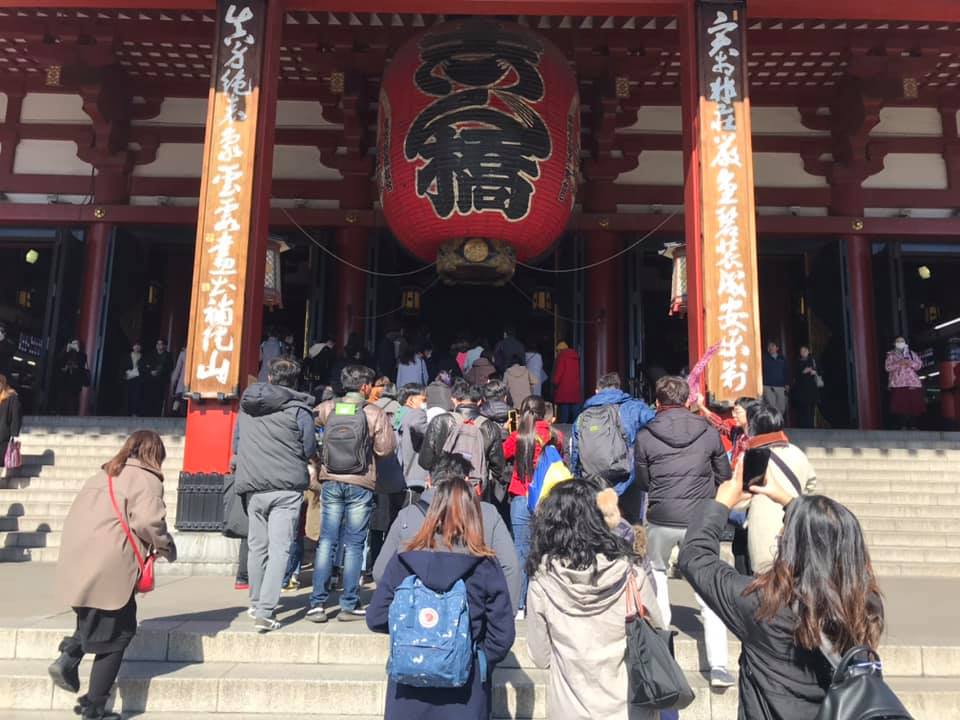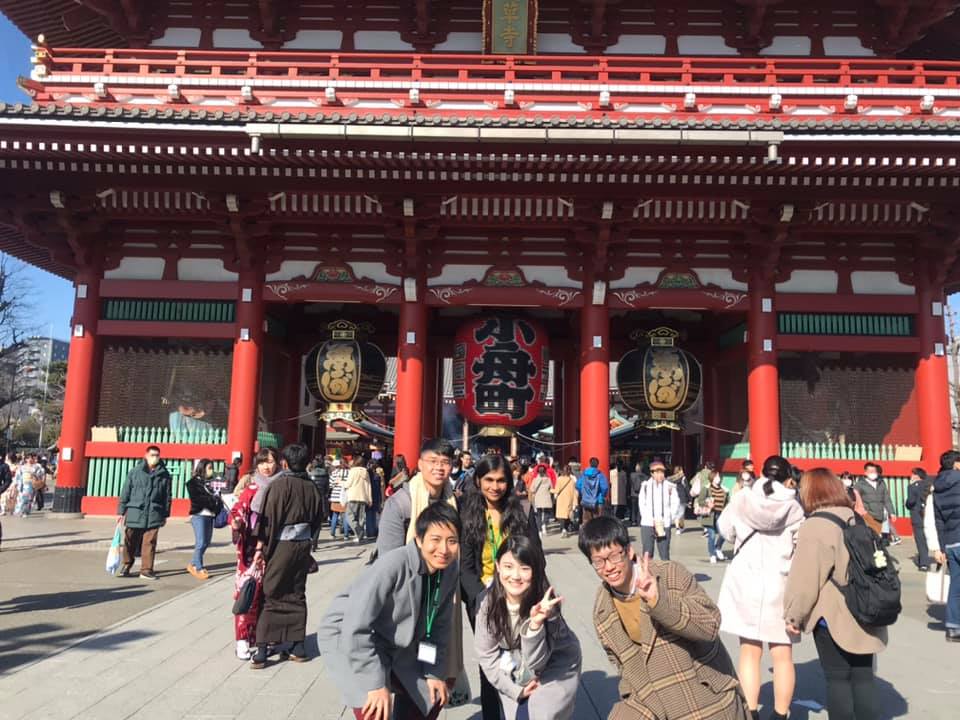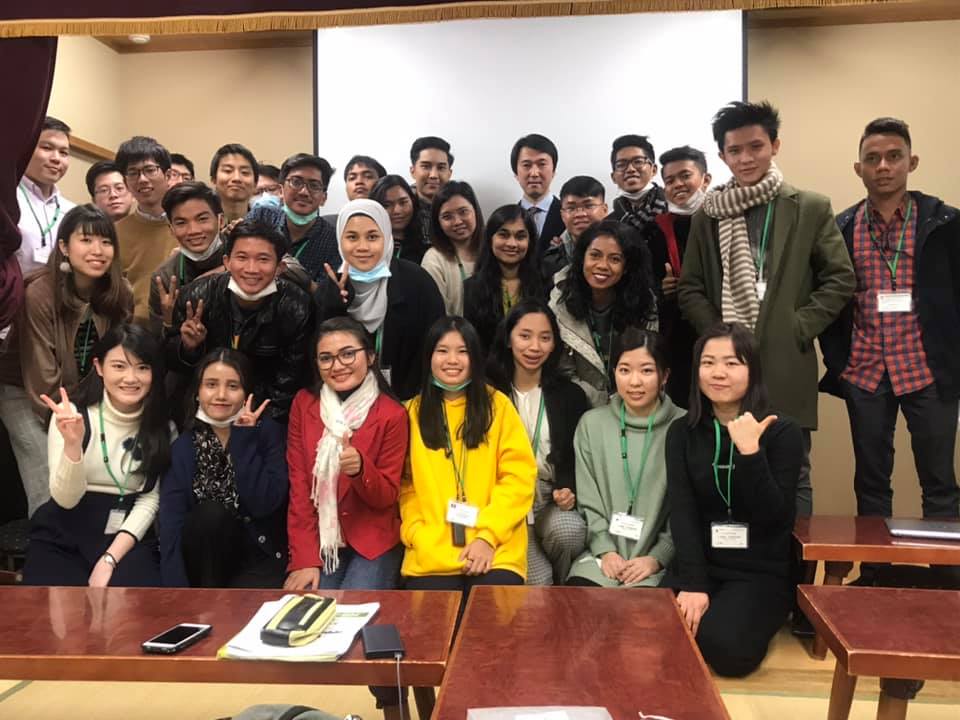
MIS(Multilateral Interaction with Students)は、カンボジア・ベトナム・フィリピン・ビルマ(ミャンマー)・インドネシア・インド・マレーシアといった計7か国の東南・南アジア各国の学生とともに、年1〜2回ほどのペースでプロジェクトを実行しております。また、普段は、各プロジェクトチームごとに年30回ほどのミーティングを行い、プロジェクトの準備を進めるほか、プロジェクトを円滑に進めるためのマネジメント手法の学習などを行っています。
Seed the future, lead the world.
将来を担う私たち学生が、国の垣根を越えて、世界を引っ張っていく存在になろう、そのために未来への種まきをしよう、という精神を謳っています。
活動目的
社会に対し主体的・積極的に貢献することのできる次世代リーダーの輩出
MISは主体的に社会に貢献することのできる次世代リーダーの輩出を団体の目的としています。そのため、MISが次世代リーダーの必要要素として考えている、主体的に問題を発見し解決する能力を養うことを目指しています。プロジェクトを進め切磋琢磨する中で、MISに所属しているメンバーのみならず、提携先の学生も次世代リーダーとなることが我々の理想です。
活動内容
以上を踏まえたうえで、私たちは、各国の若者たちを巻き込んで、①問題発見 ②議論 ③実行 ④反省 のサイクルを繰り返すことを重視しています。
まず「問題発見」のフェーズでは、現地の学生の問題意識や、日本人から見た新しい視点などをもって現地のフィールドワークを行い、どういった問題があるのかを探します。しかしそこで上がった問題が必ずしも解決すべき、かつ私たちで解決しうる問題であるとは限りません。そこで次にその問題が本当にプロジェクトを組むべき問題であるのか「議論」して検証します。議論は、どの問題を扱うかから始まり、その解決プロジェクトの手段は適切か、などプロジェクト実行までのあらゆる時点で行われます。そしていよいよ議論を重ねて計画されたプロジェクトを「実行」します。そこで始めて認識できるプロジェクトの良い点、悪い点は多くあります。それらを受けて最後にきちんと「反省」することによって、次のプロジェクトをさらによりよいものにしていきます。反省フェーズは、新陳代謝が活発な学生団体においては、過去の失敗や成功例を受け継ぐためにも非常に重要な部分です。
以上で述べたように、この4つのうち、どれか一つでもかければ、意味のあるプロジェクトはできません。もちろん、このサイクルの中で立ちはだかる弊害はいくつもあります。ただ、そのような弊害を我々の限界と捉えるのではなく、1つ1つ乗り越えていくことによって学生が可能性の限界に挑める場を提供したい、MISではこのように考えています。そうした挑戦を通して、将来的に彼らが真に国際社会に貢献できる人材となることを心から期待しています。
<沿革>
2011年12月
発足
2012年4月
JCSI、ファシリテーション部門設立
2012年9月
新規ネットワーク部門設立
2013年4月
新規ネットワーク部門にJSSI、JPSI、JVSIを設立
2013年7月
NPO法人格を取得
2013年10月
新規ネットワーク部門とJCSIを統合し、ネットワーク部門へ
2014年4月
ネットワーク部門にJISIを設立
2014年8月
カンボジアにて初のMultilateral Projectを実施
2014年9月
ネットワーク部門にJDSI(ダッカ)を設立
2015年4月
ネットワーク部門にJMSIを設立
2014年8月
日本にて初のExperience Japan Projectを実施
2016年3月
欠員多数のためJSSI活動休止
現地の治安悪化のためJDSI(旧ダッカ)が渡航を中止、拠点をデリーに移す
2016年4月
Experience Japan ProjectがJOSIとしてネットワーク部門に移転
2020.02.12 21:12 JENESYS2019 日ASEAN学生会議(グループB)
【JENESYS2019 日ASEAN学生会議】
遅くなりました!
今日から各分科会の活動を紹介したいと思います!
今日はグループB外国人労働者です。
グループBは東京の視察観光をした後、全体で2つ目となる講義を聞いて日本の外国人労働者の現状について学びました。
まず午前には江戸東京博物館を視察し、東京の歴史と日本の文化について楽しみながら学びました。大きな歌舞伎の像や伝統的な日本の建築模型などが参加者には人気だったようです。
午後には祝日で賑わう浅草寺を訪れ、おみくじの結果に一喜一憂したり、仲見世で食べ歩きをしたりと、それぞれ楽しみました。
観光の後には、東海大学准教授万城目正雄先生より、たくさんの統計データや写真と共に日本の外国人労働者の現状に関する2時間の講義をしていただきました。
日本が直面する人口と経済の課題から外国人労働者獲得と海外進出の必要性があること、さらにその実現には、他文化の人々が共創する姿勢が大切であることを学びました。
アクションプランに向けた、新たな指針をいただくことができました。
Sorry for posting late
I would like to introduce the activities of each group from today!
Today we will introduce the activities of Group B “foreign workers”
Group B toured Tokyo and listened to the second lecture, and learned about the current situation of foreign workers in Japan.
In the morning, we toured the Edo-Tokyo Museum and enjoyed learning about Tokyo's history and Japanese culture. Large Kabuki statues and traditional Japanese architectural models seemed to be popular among the participants.
In the afternoon, we visited Sensoji Temple, which is crowded for holidays, and enjoyed the omikuji and eating and walking in Nakamise.
After the sightseeing, Tokai University Associate Professor Masao Manjome gave a 2-hour lecture on the current situation of foreign workers in Japan, along with a lot of statistical data and photos.
I learned from the demographic and economic challenges facing Japan that there is a need to acquire foreign workers and expand overseas, and to achieve this, it is important for people of different cultures to co-create. We were able to receive new guidelines for action plans.




